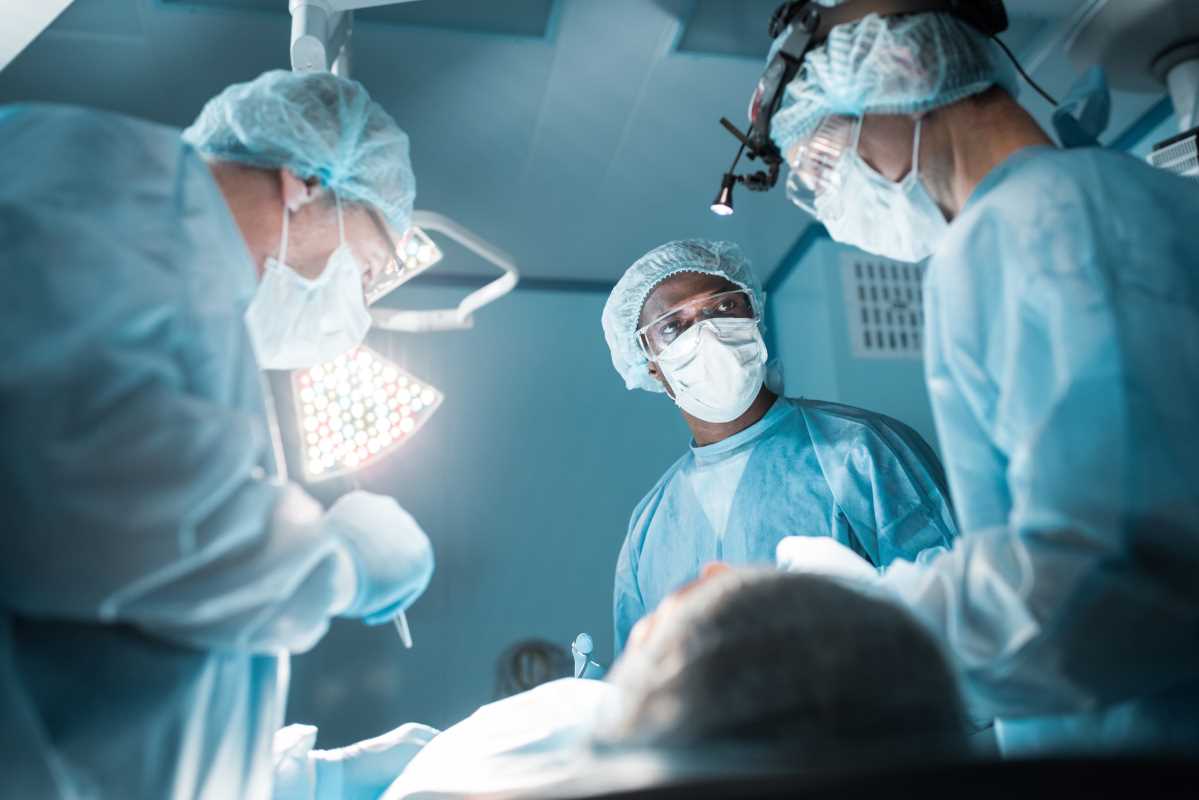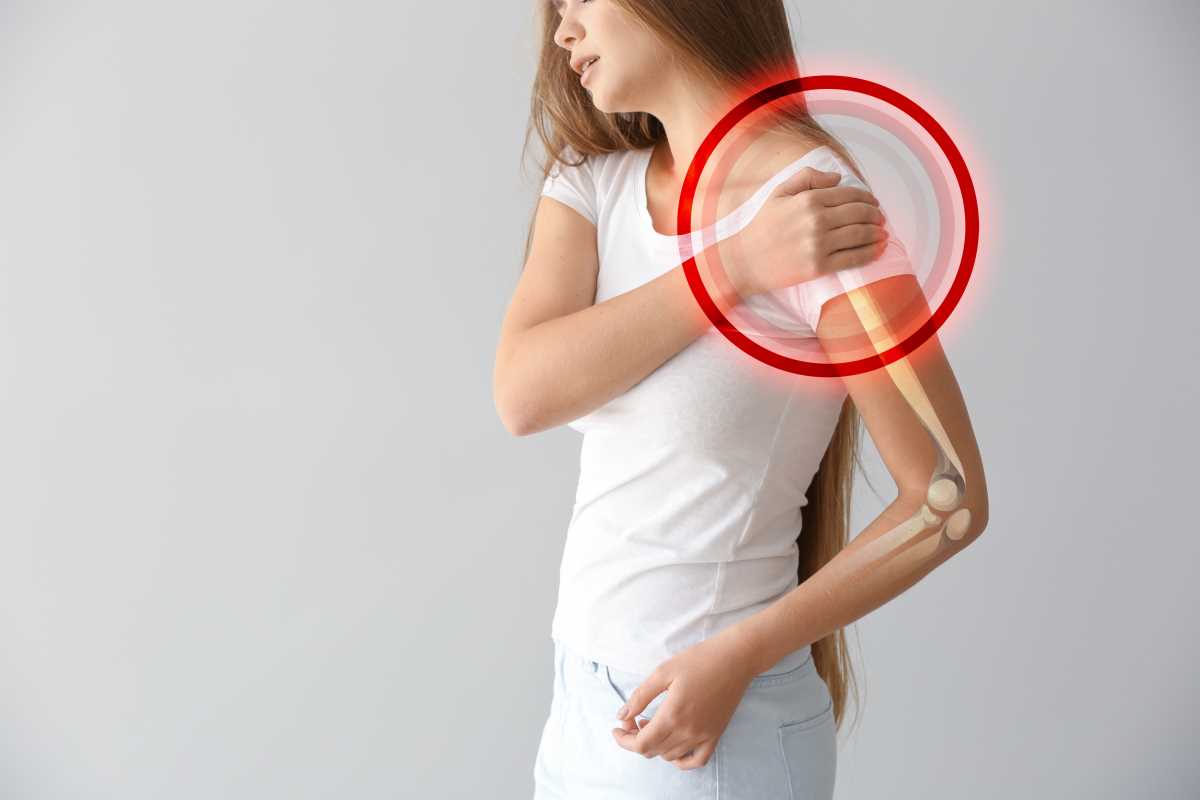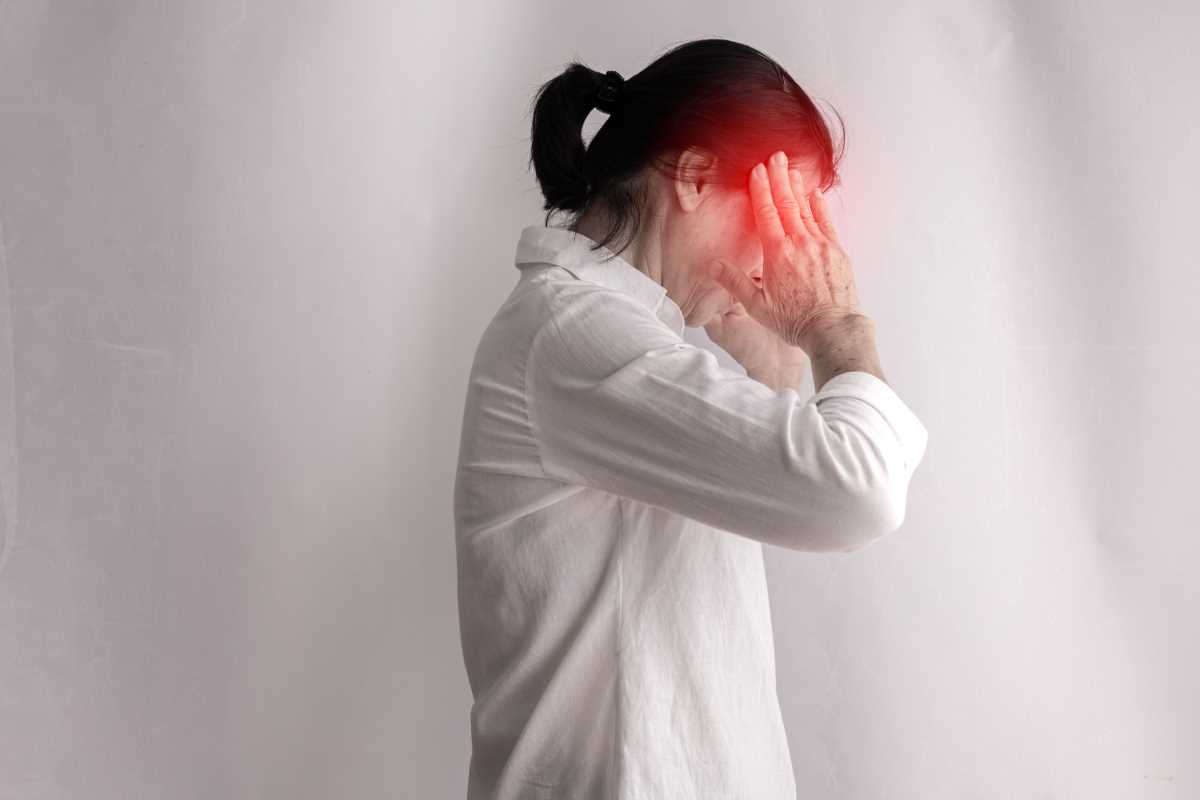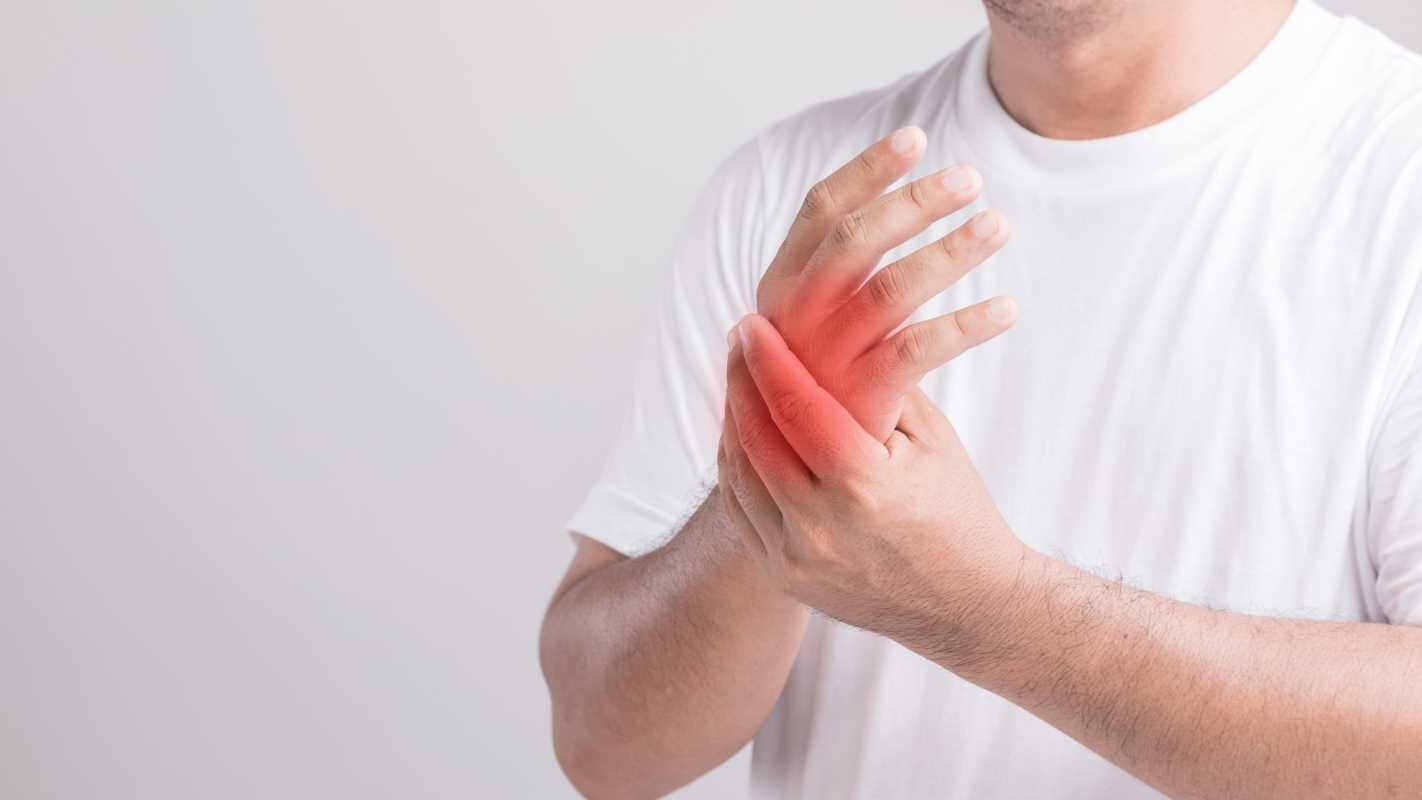Varicose veins aren't just a cosmetic issue; for many people, they can cause discomfort, swelling, and even pain. These bulging, twisted veins, often seen on the legs, develop when blood pools in the veins instead of flowing smoothly back to the heart. Although surgery is one way to treat varicose veins, non-surgical treatments offer effective alternatives with less downtime and lower risks. Whether you're dealing with mild discomfort or hoping to prevent worsening symptoms, non-surgical options can make a big difference. Here's everything you need to know about varicose veins and how to manage them without going under the knife.
What Are Varicose Veins?
Varicose veins are enlarged, swollen veins typically found in the legs and feet. Under normal conditions, your veins carry blood back to your heart with the help of one-way valves that prevent blood from flowing backward. When these valves weaken or fail, blood begins to pool in the veins, causing them to stretch and bulge.
They can appear as twisted, rope-like veins that are blue, purple, or dark in color. Although varicose veins are often associated with older adults, they can develop in anyone due to a variety of factors.
Common Causes of Varicose Veins
- Genetics: If a family member has varicose veins, you’re more likely to develop them too.
- Prolonged Standing or Sitting: Jobs that require long periods on your feet or sitting at a desk can put extra pressure on your veins.
- Pregnancy: Increased blood volume and hormonal changes during pregnancy can lead to varicose veins.
- Age: Vein walls and valves naturally weaken as you get older.
- Lifestyle Factors: Obesity, lack of exercise, and smoking can all increase the risk.
Symptoms of Varicose Veins
Besides being visibly noticeable, varicose veins often come with other symptoms, including:
- Aching or throbbing in the legs
- Swelling, particularly around the ankles or calves
- Cramping or restlessness at night
- Itchiness or skin irritation around the veins
- Heaviness or fatigue in the legs
While some people experience only mild discomfort, others may struggle with persistent pain or more serious complications, like skin ulcers or blood clots.
Non-Surgical Treatments for Varicose Veins
If you're looking to treat varicose veins without surgery, several effective options are available. These treatments focus on reducing symptoms, improving vein health, and, in some cases, making the veins less visible. Most of these approaches are outpatient procedures or lifestyle adjustments that don’t require anesthesia or extended recovery time.
1. Compression Therapy
Compression therapy is one of the simplest and most common non-surgical treatments for varicose veins. It involves wearing specially designed compression stockings, which apply pressure to your legs to improve blood flow.
How It Works:
The stockings squeeze the veins, helping valves function more effectively and reducing blood pooling. They can also help ease symptoms like swelling, heaviness, and discomfort.
Benefits:
- Easy to use and widely accessible
- Provides instant relief for swelling and heaviness
- Prevents varicose veins from worsening
Considerations:
Compression stockings need to be fitted correctly to be effective, so it’s a good idea to seek guidance from a healthcare provider. While they help with symptoms, they don’t eliminate the underlying issue or reduce the appearance of varicose veins.
2. Sclerotherapy
Sclerotherapy is a minimally invasive treatment used to close off smaller varicose veins or spider veins. It’s primarily suited for people with mild to moderate cases.
How It Works:
A doctor injects a special solution (or foam for larger veins) directly into the affected vein. This solution irritates the vein walls, causing them to stick together and collapse. Over time, the treated vein fades away as the body naturally reroutes blood through healthier veins.
Benefits:
- Quick procedure (typically 30-60 minutes)
- Little to no downtime required
- Effectively reduces the appearance of varicose veins
Considerations:
Mild swelling, bruising, or irritation at the injection site is common but temporary. Multiple sessions may be needed depending on the severity of your varicose veins.
3. Laser Treatments
Laser treatments are a modern, highly effective option for varicose veins, particularly smaller veins located near the skin's surface.
How It Works:
Doctors use focused laser energy to heat and seal the damaged vein. This process creates scar tissue, which eventually causes the vein to collapse and disappear over time. No incisions or injections are involved in this procedure.
Benefits:
- Non-invasive (no needles or scalpels)
- No downtime, allowing you to resume normal activities almost immediately
- Precise and safe for most individuals
Considerations:
Laser treatments may cause mild discomfort or skin irritation. Advanced cases of varicose veins might require a stronger version of this therapy, known as endovenous laser treatment (EVLT), which uses a small catheter and laser fiber inserted into the vein.
4. Lifestyle Changes
Improving your daily habits can have a significant impact on your vein health, particularly for preventing the progression of varicose veins. While lifestyle changes alone might not eliminate existing varicose veins, they can reduce symptoms and support other treatments.
Key Lifestyle Changes to Consider:
- Exercise Regularly: Activities like walking, swimming, or cycling keep your leg muscles active, improving blood circulation.
- Elevate Your Legs: Whenever possible, lift your legs above the level of your heart to reduce swelling and improve blood flow.
- Maintain a Healthy Weight: Reducing excess weight takes strain off your veins.
- Avoid Prolonged Sitting or Standing: Take breaks to stretch or move around to avoid putting constant pressure on your legs.
- Wear Comfortable Shoes: High heels can worsen varicose veins over time, so opt for supportive footwear.
Lifestyle changes are often recommended alongside other treatments to enhance results and prevent recurrence.
Benefits of Non-Surgical Treatments
Non-surgical treatments for varicose veins offer a variety of advantages that make them appealing to many patients. These include:
- Minimal Downtime: Most treatments require little to no recovery time compared to surgery.
- Fewer Risks: Non-surgical options typically carry lower risks of complications like infections or anesthesia-related issues.
- Convenience: Many procedures can be done on an outpatient basis in under an hour.
- Cosmetic Improvement: Beyond symptom relief, these treatments can restore your confidence by improving the appearance of your legs.
Potential Risks and Considerations
While non-surgical treatments are generally safe, they still come with some risks. Mild side effects, like bruising, redness, or temporary discomfort, are common. Rarely, complications such as infections, allergic reactions, or nerve damage may occur. Make sure to discuss your medical history and treatment goals with a qualified doctor before proceeding.
How to Choose the Right Treatment
Choosing the right treatment depends on several factors, including the severity of your varicose veins, your overall health, and personal preferences. To determine the best approach for your situation, it’s a good idea to consult with a vein specialist. They may perform an ultrasound or physical exam to assess the condition of your veins and recommend a personalized treatment plan.
Ask yourself these questions when considering your options:
- Are my veins causing significant discomfort or just a cosmetic concern?
- Am I looking for a permanent fix or ongoing symptom management?
- What’s my tolerance for procedures involving needles or medical interventions?
By weighing your needs and consulting a professional, you’ll be on your way to finding the most effective solution.
 (Image via
(Image via





